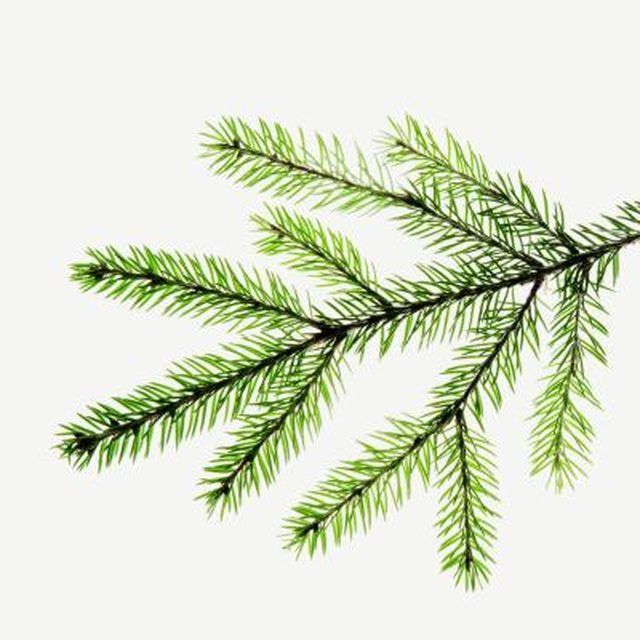Bulbs
Flower Basics
Flower Beds & Specialty Gardens
Flower Garden
Garden Furniture
Garden Gnomes
Garden Seeds
Garden Sheds
Garden Statues
Garden Tools & Supplies
Gardening Basics
Green & Organic
Groundcovers & Vines
Growing Annuals
Growing Basil
Growing Beans
Growing Berries
Growing Blueberries
Growing Cactus
Growing Corn
Growing Cotton
Growing Edibles
Growing Flowers
Growing Garlic
Growing Grapes
Growing Grass
Growing Herbs
Growing Jasmine
Growing Mint
Growing Mushrooms
Orchids
Growing Peanuts
Growing Perennials
Growing Plants
Growing Rosemary
Growing Roses
Growing Strawberries
Growing Sunflowers
Growing Thyme
Growing Tomatoes
Growing Tulips
Growing Vegetables
Herb Basics
Herb Garden
Indoor Growing
Landscaping Basics
Landscaping Patios
Landscaping Plants
Landscaping Shrubs
Landscaping Trees
Landscaping Walks & Pathways
Lawn Basics
Lawn Maintenance
Lawn Mowers
Lawn Ornaments
Lawn Planting
Lawn Tools
Outdoor Growing
Overall Landscape Planning
Pests, Weeds & Problems
Plant Basics
Rock Garden
Rose Garden
Shrubs
Soil
Specialty Gardens
Trees
Vegetable Garden
Yard Maintenance
Why Do Pine Trees Stay Green in Winter?
Why Do Pine Trees Stay Green in Winter?. When other trees shed their leaves and grow barren during the cold winter months, pine trees and other evergreens stay lush and green, making them a potent symbol of the persistence of life. Control over water loss explains why pine trees stay green.

When other trees shed their leaves and grow barren during the cold winter months, pine trees and other evergreens stay lush and green, making them a potent symbol of the persistence of life. Control over water loss explains why pine trees stay green.
Function
Leaf drop protects deciduous plants from dehydration during the winter months. Water supplies underground may freeze in the winter and become unavailable to roots. At the same time, however, sunny winter days cause plants to lose water through their leaves. Eventually, the plant dehydrates and, lacking water for basic life functions, dies.
Features
Pine trees possess adaptations that help them conserve water without shedding all of their leaves at once. Needles contain fewer pores through which they lose water, and a thick, waxy coating prevents further loss. The large number of evergreen needles lets them capture a lot of sunlight with relatively little risk of water loss.
Benefits
Because evergreens keep their leaves, they do not need to expend energy each year to regrow a completely new set of leaves. According to the U.S. Department of Energy's Newton program, this means that evergreens can exist in areas where poor soils do not provide them with the resources for constant leaf regeneration.